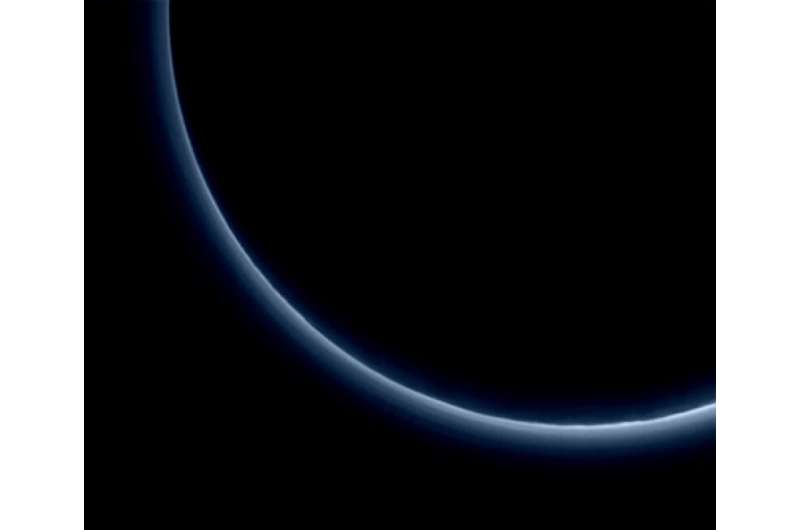Modeling exoplanet atmospheres

All atoms and molecules emit distinctive spectral lines across the spectrum, the details of which depend on the internal structures of the species (for example, the vibration and rotation properties of molecules) and how they are excited by their environments. Measurements of the features' brightnesses, relative intensities, and shapes enable astronomers, at least in principle, to reconstruct most of the essential properties of these environments, including species abundances, temperatures, densities, and motions. But in order to be successful, scientists need to know quantitatively exactly how the temperature, density, and so forth, affect the excitation of each atom or molecule, and then how each species emits light in response. A collision between oxygen and nitrogen molecules, for example, will affect an oxygen molecule differently than its collision with hydrogen.
CfA astronomers develop and maintain the HITRAN (High Resolution Transmission) database, a compilation of diagnostic spectroscopic parameters that is the worldwide standard for calculating atmospheric molecular radiation from the microwave through the ultraviolet region of the spectrum. HITRAN has acquired particular new importance in recent years with the discovery of thousands of exoplanets and the steadily improving technology to detect their atmospheres and measure their compositions. HITRAN is commonly used to model these exotic atmospheres. Molecular oxygen absorption stimulated by collisions between oxygen molecules is thought, for example, to be an important biomarker on potentially habitable exoplanets, but the detection of this absorption feature is not enough: it needs an interpretation.
CfA astrophysicists Tijs Karman, Iouli Gordon, Bob Kurucz, Larry Rothman, and Kang Sun led a team of colleagues in updating HITRAN with many of the essential collision-induced absorption properties of the molecules needed for modeling exoplanet atmospheres. Key molecular species include nitrogen, oxygen, methane, carbon dioxide, and hydrogen. The numerical parameters were gleaned from a wide collection of recent laboratory and theoretical papers and incorporated into the HITRAN database after being validated. The updated compilation goes a long way towards addressing the current needs, but the authors note that additional laboratory and theoretical work is needed to include other effects, water for example, as well as the isotopic variations of the currently included species.
More information: Tijs Karman et al. Update of the HITRAN collision-induced absorption section, Icarus (2019). DOI: 10.1016/j.icarus.2019.02.034
Journal information: Icarus
Provided by Harvard-Smithsonian Center for Astrophysics




















